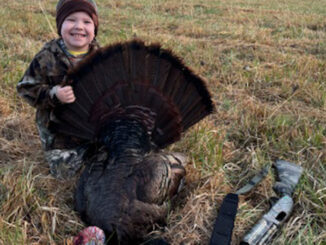
Since 1940, the U.S. Fish and Wildlife Service has managed national fish and wildlife populations and their habitat to protect and promote the resources. As part of those efforts, USFWS manages migratory birds jointly with Canada and Mexico, and to make educated, informed decisions, hunter input and band data must be included.
Hunters kill thousands of ducks annually across North America, and band-return data is crucial to determine migration patterns and lifespan of ducks by species. And the bands tell great stories. Through 2018, more than 15 million ducks have been banded, around 200,000 per year in North American. Slightly less than 100,000 bands are returned annually, and they provide excellent data for biologists to determine life span, survival rates, migratory patterns and familial relationships.
The bird-banding lab in Laurel, Md., analyzes and records all data from band returns throughout the hunting season. While most ducks live less than 10 years, band-return data indicates some waterfowl species to live much longer, including a 29-year-old canvasback and a 33-year-old Canada goose.
Band data has provided researchers a wealth of information about how far and where ducks typically migrate. Ducks killed in the swamps of the Carolinas come from a wide variety of locations, banded locally to from as far away as Alaska.
Bands play a vital role in the management of North America’s waterfowl and every hunters should check the legs for shiny jewelry before discarding carcasses.





Be the first to comment